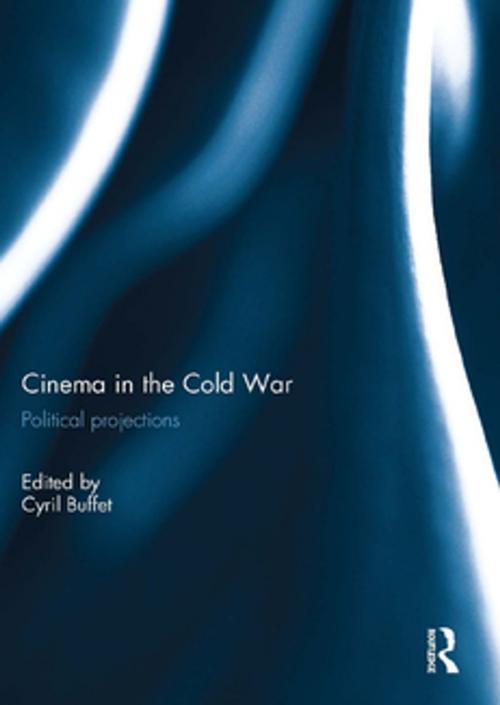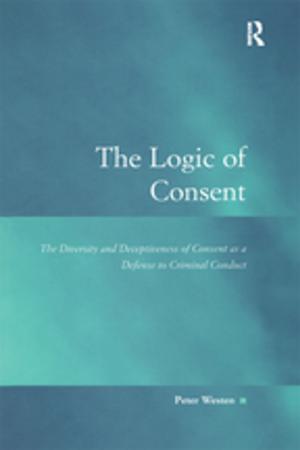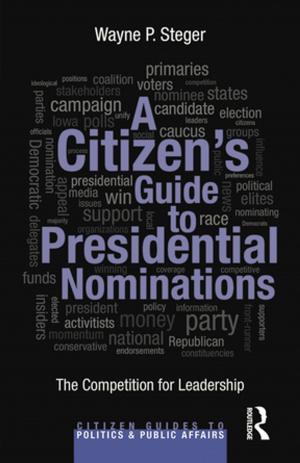| Author: | ISBN: | 9781317358787 | |
| Publisher: | Taylor and Francis | Publication: | October 2, 2017 |
| Imprint: | Routledge | Language: | English |
| Author: | |
| ISBN: | 9781317358787 |
| Publisher: | Taylor and Francis |
| Publication: | October 2, 2017 |
| Imprint: | Routledge |
| Language: | English |
The film industry was an important propaganda element during the Cold War. As with other conflicts, the Cold War was fought not just with weapons, but with words and images. Throughout the conflict, cinema was a reflection of the societies, the ideologies, and the political climates in which the films were produced. On both sides, great stars, major companies, famous scriptwriters, and filmmakers were enlisted to help the propaganda effort.
It was not only propaganda that was created by the cinema of the Cold War – it also articulated criticism, and the movie industries were centres of the fabrication of modern myths. The cinema was undoubtedly a place of Cold War confrontation and rivalry, and yet there were aesthetic, technical, narrative exchanges between West and East. All genres of film contributed to the Cold War: thrillers, westerns, comedies, musicals, espionage films, documentaries, cartoons, science fiction, historical dramas, war films, and many more. These films shaped popular culture and national identities, creating vivid characters like James Bond, Alec Leamas, Harry Palmer, and Rambo. While the United States and the Soviet Union were the two main protagonists in this on-screen duel, other countries, such as Britain, Germany, Poland, Italy, and Czechoslovakia, also played crucially important parts, and their prominent cinematographic contributions to the Cold War are all covered in this volume. This book was originally published as a special issue of Cold War History.
The film industry was an important propaganda element during the Cold War. As with other conflicts, the Cold War was fought not just with weapons, but with words and images. Throughout the conflict, cinema was a reflection of the societies, the ideologies, and the political climates in which the films were produced. On both sides, great stars, major companies, famous scriptwriters, and filmmakers were enlisted to help the propaganda effort.
It was not only propaganda that was created by the cinema of the Cold War – it also articulated criticism, and the movie industries were centres of the fabrication of modern myths. The cinema was undoubtedly a place of Cold War confrontation and rivalry, and yet there were aesthetic, technical, narrative exchanges between West and East. All genres of film contributed to the Cold War: thrillers, westerns, comedies, musicals, espionage films, documentaries, cartoons, science fiction, historical dramas, war films, and many more. These films shaped popular culture and national identities, creating vivid characters like James Bond, Alec Leamas, Harry Palmer, and Rambo. While the United States and the Soviet Union were the two main protagonists in this on-screen duel, other countries, such as Britain, Germany, Poland, Italy, and Czechoslovakia, also played crucially important parts, and their prominent cinematographic contributions to the Cold War are all covered in this volume. This book was originally published as a special issue of Cold War History.















